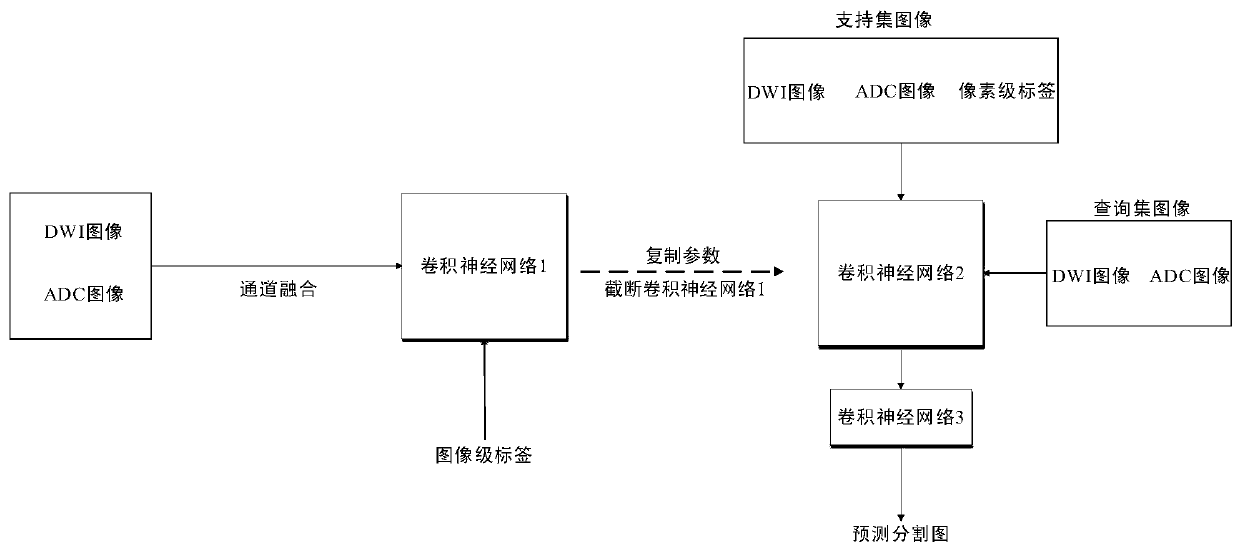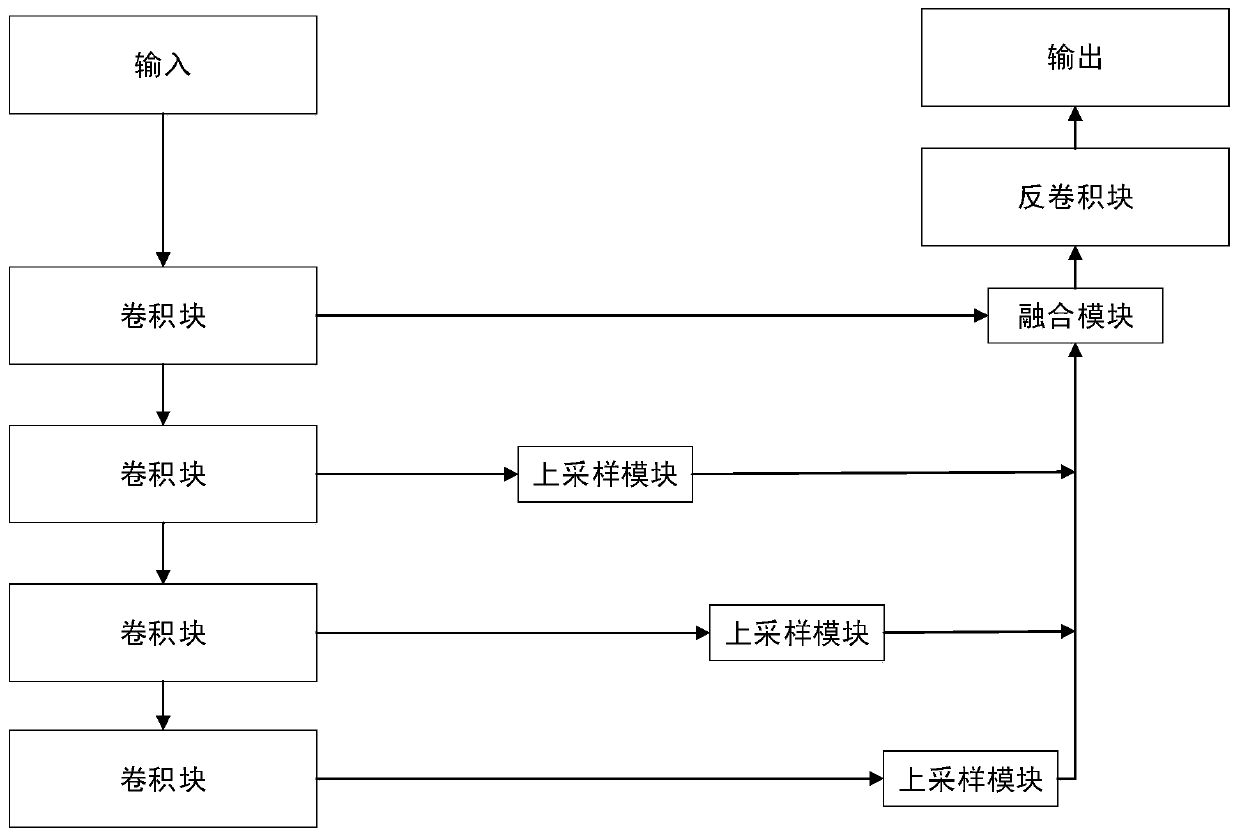Acute cerebral apoplexy lesion segmentation method based on small sample learning
A stroke, small sample technology, applied in neural learning methods, image analysis, image data processing, etc., can solve problems such as lack of segmentation methods, and achieve the effects of avoiding network overfitting, reducing costs, and reducing time.
- Summary
- Abstract
- Description
- Claims
- Application Information
AI Technical Summary
Problems solved by technology
Method used
Image
Examples
Embodiment Construction
[0017] The method of the present invention will be described in detail with reference to the drawings and embodiments.
[0018] Schematic diagram of acute stroke lesion segmentation based on small sample learning figure 1 shown. The general process of the method is as follows: firstly, the data samples with image-level labels, including DWI images and ADC images, are channel-fused to generate two-channel data samples, and the convolutional neural network 1 is trained. Then the trained convolutional neural network 1 is truncated to obtain the convolutional neural network 2, and the parameters of the network 1 are copied to the corresponding network 2. Connect the network 2 with the new convolutional neural network 3, and use the data samples with pixel-level labels, that is, the support set images to train the newly constructed convolutional neural network. After the training, verify the model on the test set with pixel-level labels, that is, the query set performance.
[00...
PUM
 Login to View More
Login to View More Abstract
Description
Claims
Application Information
 Login to View More
Login to View More - R&D
- Intellectual Property
- Life Sciences
- Materials
- Tech Scout
- Unparalleled Data Quality
- Higher Quality Content
- 60% Fewer Hallucinations
Browse by: Latest US Patents, China's latest patents, Technical Efficacy Thesaurus, Application Domain, Technology Topic, Popular Technical Reports.
© 2025 PatSnap. All rights reserved.Legal|Privacy policy|Modern Slavery Act Transparency Statement|Sitemap|About US| Contact US: help@patsnap.com



